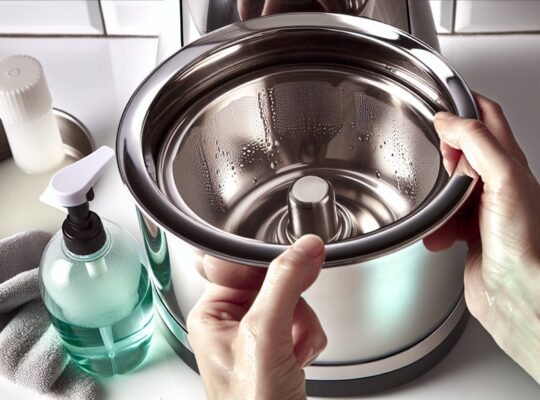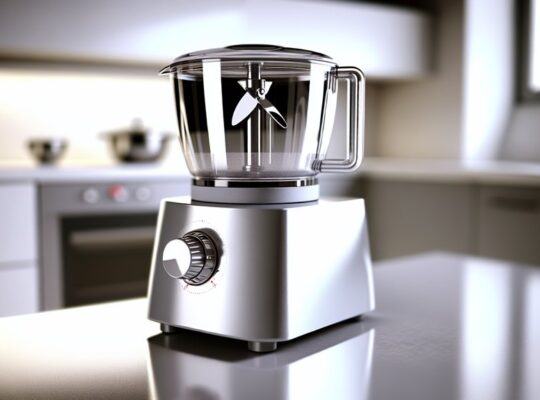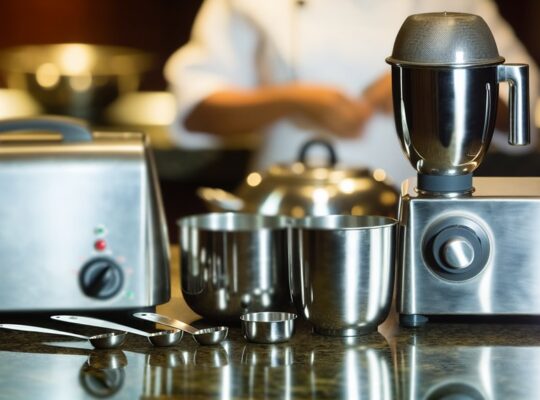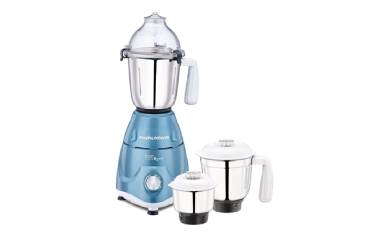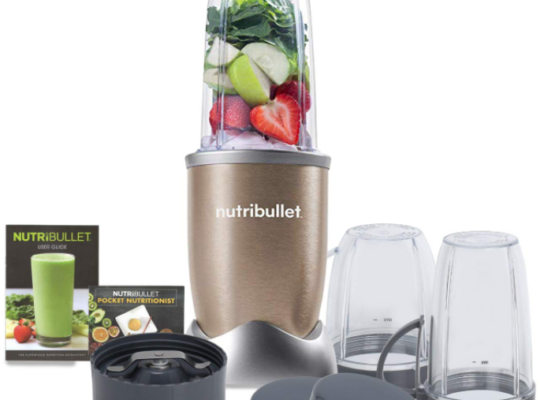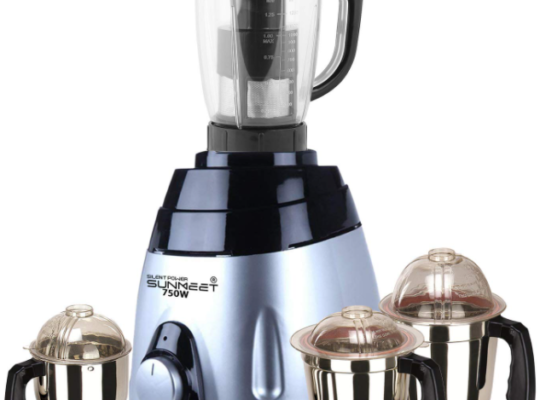If you’re targeting smooth idli-dosa batter and fine masala pastes, a true 750W mixer grinder with continuous-duty motor, 18–20k RPM, SS 304 blades, and robust couplers is non-negotiable. I compare Bajaj, Philips, and Usha models on motor torque under load, thermal cutoff behavior, jar geometry, and noise levels. I also factor warranty, service reach, and cleaning ease. The differences are subtle—but they matter more than most specs suggest.
Key Takeaways
- Choose a true 750W copper-wound motor with Class F insulation, stable governed RPM, and manual-reset overload protection.
- Prefer deep, tapering stainless steel jars: 1.5L wet, 0.8–1.0L multi, and 0.3–0.5L chutney for versatile grinding.
- Look for SS 304/316 blades, 1.2–1.6 mm thick, with 4-wing wet blades having 12–16 mm lift for fluffy idli batter.
- Ensure robust metal-to-metal couplers, double ball bearings, secure locking lids, and anti-skid feet to reduce vibration.
- Pick reliable brands like Bajaj, Philips, or Usha offering <80 dB noise, good cooling, and 2–5 year motor warranties.
Top Picks: 750W Mixer Grinders for Idli-Dosa Batter and Masalas
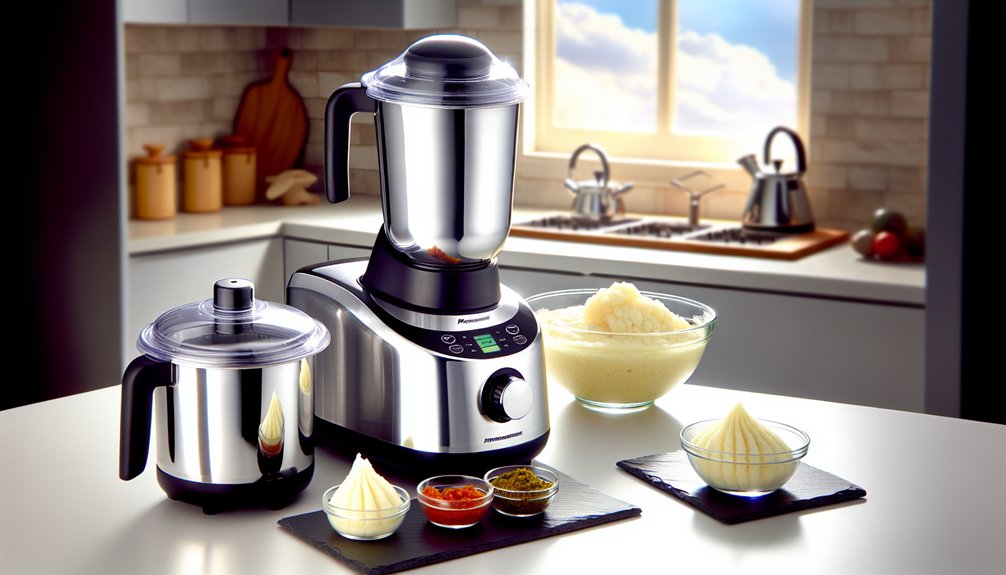
Although wattage isn’t everything, a well-built 750W mixer grinder hits the sweet spot for consistent idli-dosa batter and fine masala powders. I’ve shortlisted models that deliver steady torque under load, stainless steel multipurpose jars (1.5L wet, 1L dry, 0.4–0.5L chutney), and sharp SS 304 blades with balanced geometry. I prioritize units with robust couplers, secure lids, and non-slip feet to minimize vibration and splash risk.
For wet grinding, I look for uniform particle size (~200–300 µm) within 8–12 minutes per 500 g soaked rice-urad mix, while keeping temperature rise modest to protect fermentability. For masalas, I verify fine grind (<500 µm) without scorching aromas. Noise levels under ~88 dB and stable housing reduce user fatigue. All shortlisted options meet food-contact safety standards and reliable after-sales support. Top brands like Bajaj, Philips and Usha offer reliable 750W models with overload protection and multiple jar configurations, aligning with these criteria.
What to Look For: Motor, RPM, and Overload Protection
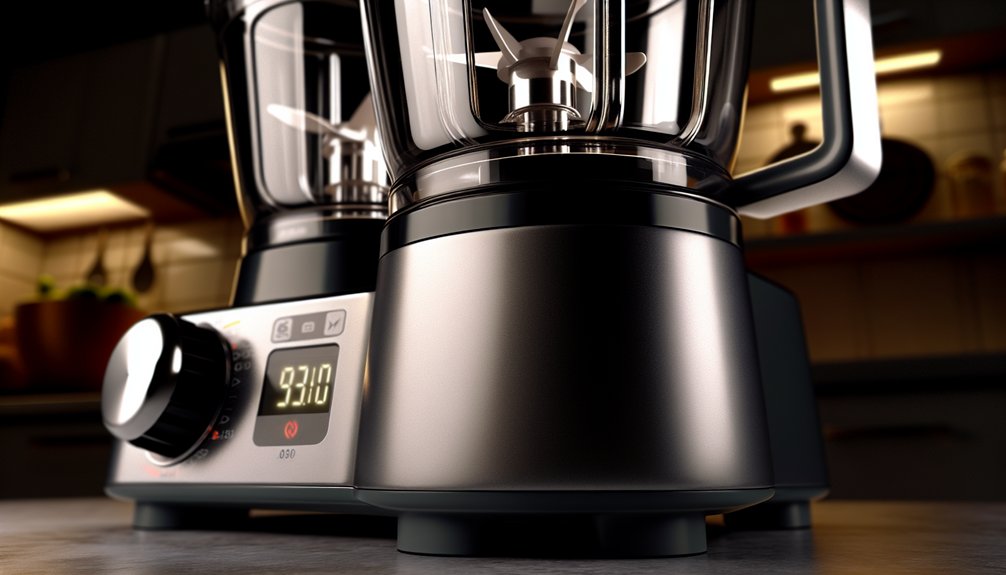
Two specs matter first: a true 750W continuous-duty motor and a governed RPM band that stays stable under load. I look for a copper-wound, Class F insulated motor with thermal cut-offs and an IEC-compliant power cord. A no-load RPM around 18,000–22,000 that drops minimally under wet batter torque indicates proper torque curve and electronic feedback.
I check overload protection next. A manual-reset overload relay is safer than auto-reset because it prevents surprise restarts. A trip current matched to motor FLA, plus thermal sensors embedded in windings, reduces burn risk. I value surge protection and a high-quality starter with anti-single phasing logic. Finally, I confirm a low-vibration mount, balanced rotor, and clear duty cycle labeling (e.g., 30 min on/45 min off) to prevent overheating. Many Butterfly models include overload protectors and anti-slip feet, aligning with these safety and stability priorities.
Jar Design, Blades, and Build Quality That Matter
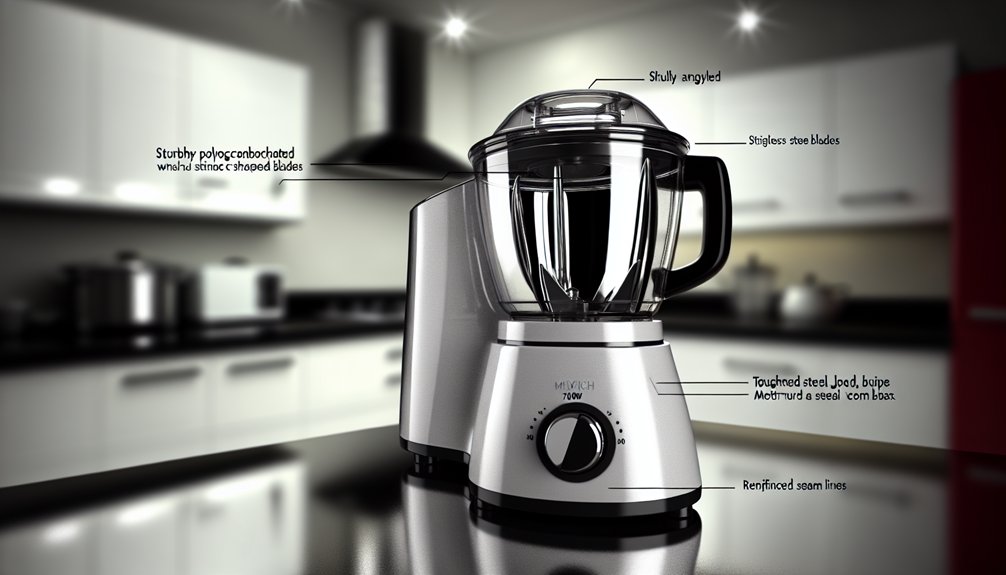
With power and RPM stability sorted, performance now hinges on jar geometry, blade metallurgy, and chassis rigidity. I look for deep, tapering jars (1.5–2.0 L wet, 0.8–1.0 L multi, 0.3–0.5 L chutney) with tight vortex formation and minimal dead zones; a 6–8° taper and rounded bottoms reduce cavitation for idli batter. For blades, 304 or 316 stainless steel with 1.2–1.6 mm thickness resists corrosion from urad dal and spices; 4-wing wet blades with 12–16 mm lift aid aeration, while serrated multipurpose blades improve dry masala throughput. Secure, metal-to-metal couplers, double-ball bearings, and 1.0–1.2 mm stainless jars limit wobble. I prefer shatter-resistant lids with positive locks and wide, heat-resistant handles to maintain control under load. Additionally, prioritize safety features like overload protection and safety locks, as highlighted in trusted buying guides.
Noise, Cooling, and Ease of Cleaning
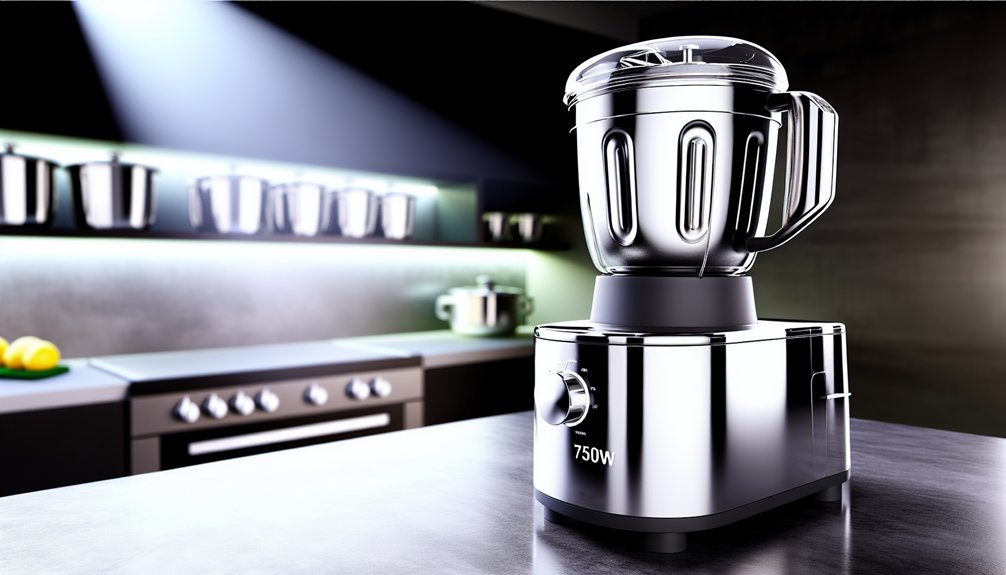
Even before wattage impresses, I measure how loudly a 750W unit runs, how quickly it sheds heat, and how little effort cleanup takes. I log sound levels at 30 cm: under 80 dB is acceptable for kitchens; sub-75 dB is particularly quieter. Rubber feet and balanced rotors reduce vibration-induced noise and walking. For thermal management, I track motor housing temperature with a probe: a <25°C rise over 10 minutes of wet grinding indicates efficient airflow and copper windings; thermal cutoffs should trip reliably if overheating occurs. For cleaning, I prefer wide-mouth, seamless jars, removable gaskets, and dishwasher-safe lids (top rack). Avoid sharp internal seams that trap batter. I also check IPX-rated switches and insulated cords to minimize shock risk during wipe-downs. Additionally, models featuring overload protection and anti-skid bases, as highlighted in the 800W segment, help control vibration and ensure safer operation during extended grinding.
Value for Money: Warranty, Service, and Long-Term Durability
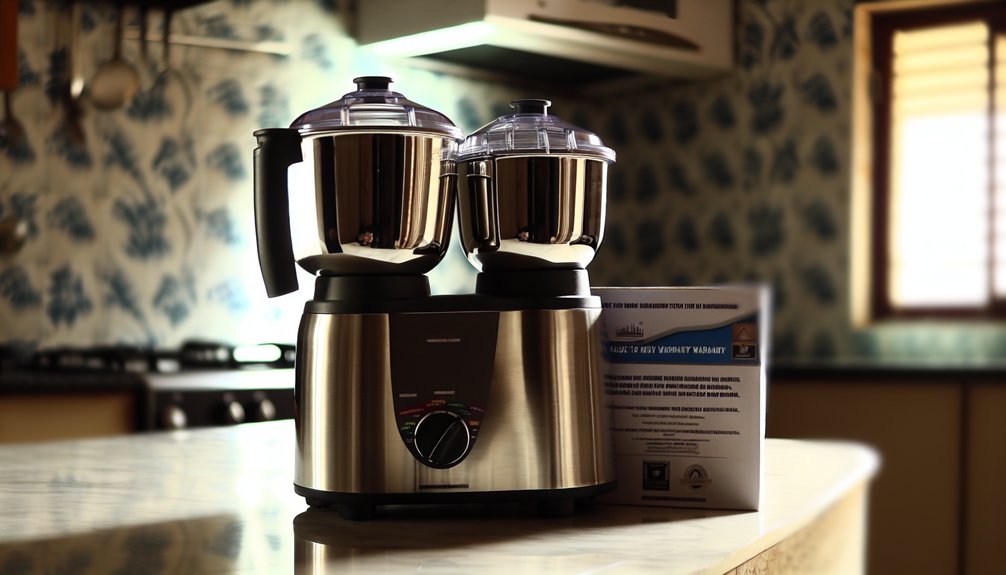
Noise, heat, and cleanup tell me how a 750W mixer grinder behaves day to day; value shows up over years. I look for 2–5 year motor warranties, 2-year product coverage, and service networks with <7-day turnaround. Brushless or copper-wound motors, thermal overload protection, and ball bearings correlate with longer life. Stainless jars with double ball-bearing couplers reduce wear; food-grade, BPA-free lids prevent cracks. I also check spare-part pricing and availability for jars, couplers, and blades.
- Motor warranty length vs. average failure rate beyond 24 months
- Service center density within 10–15 km and onsite options
- Coupler material (nylon vs. metal) and tested replacement interval
- Overload trip reset count under continuous idli batter runs
- Annualized total cost: purchase + spares + downtime risk
Additionally, Usha backs many models with 2-year product coverage and up to 5-year motor warranties, and its mixers use 100% copper motors for durable, smooth grinding.
Frequently Asked Questions
Can a 750W Mixer Grinder Run on Inverter or Solar Power?
Yes, but only if the inverter or solar setup supports ≥1,500W surge and stable 230V/50Hz output. I’d use a pure sine wave inverter, appropriately sized battery, correct wiring, and dedicated MCB/RCD for safety and reliability.
Are There Models Suitable for Small Kitchens or Studio Apartments?
Yes. I recommend compact 750W models with jars under 1L, low vibration, and overload protection. I’d prioritize sturdy ABS bodies, under-80 dB noise, anti-slip feet, thermal cut-off, and 3-4 dedicated speeds for controlled, safe operation.
Which Attachments Help With Coconut Scraping or Citrus Juicing?
Coconut scraping needs a detachable stainless steel scraper disc; citrus juicing uses a dedicated juicer attachment with a reamer and pulp filter. I recommend BPA‑free, dishwasher‑safe parts, secure locking, and non-slip bases to minimize injury risks during operation.
Is There a Model With Hands-Free Locking and Anti-Spill Lids?
Yes—models like the Sujata Dynamix DX and Bosch TrueMixx Pro offer hands-free locking and spill-resistant lids. I prioritize jar interlocks, nylon couplers, and overload protection. You’ll reduce splash risk, improve stability, and maintain safe, consistent wet grinding.
Are Spare Jars and Blades Easily Available and Interchangeable?
Yes, typically. I’ve found spare jars and blades widely available, but interchangeability depends on brand-specific couplers, jar base diameters, and blade assemblies. I’d verify model numbers, food-grade materials, RPM ratings, and warranty compliance to guarantee safe, compatible replacements.
